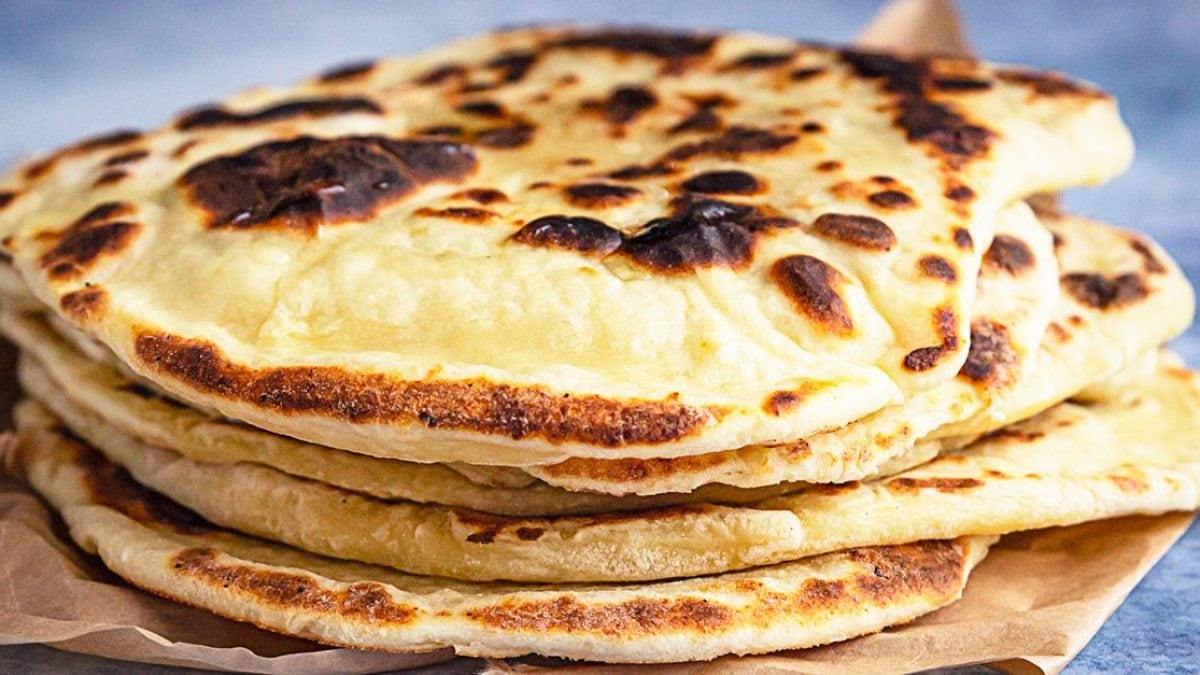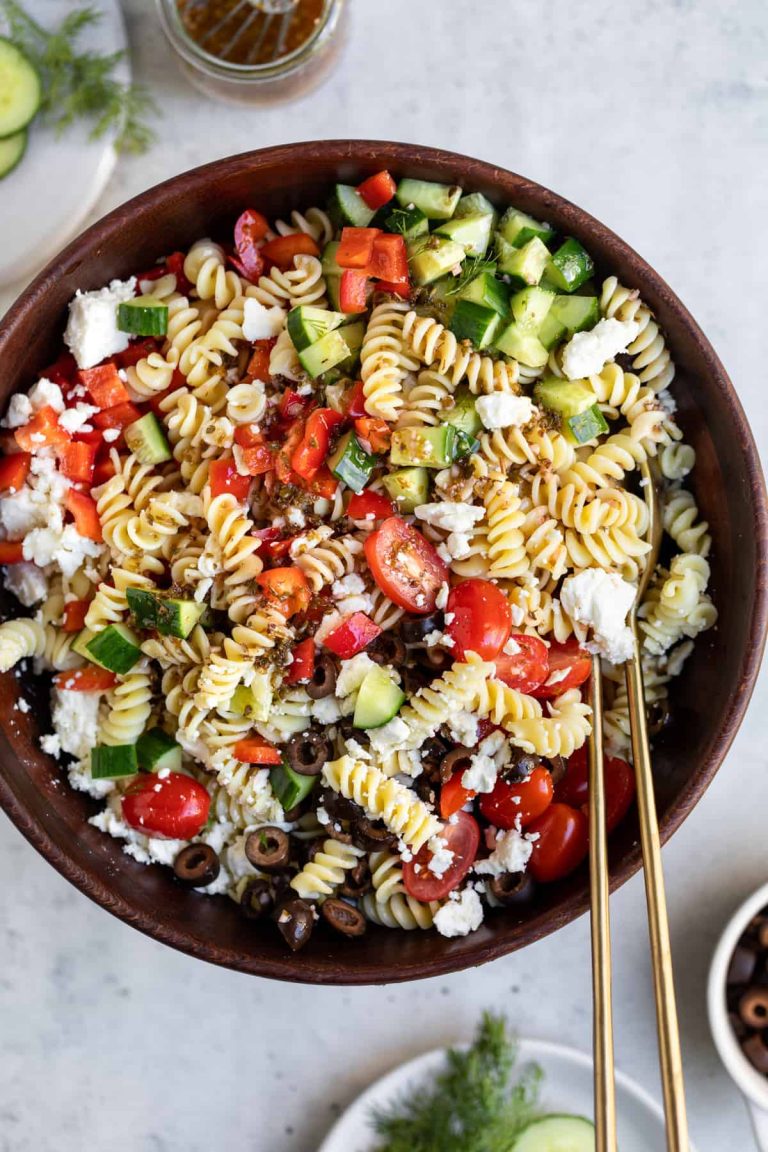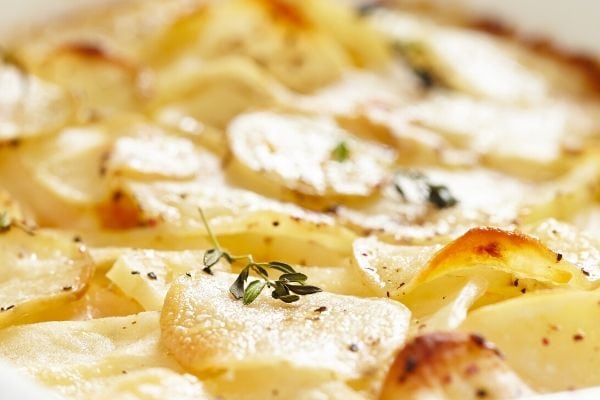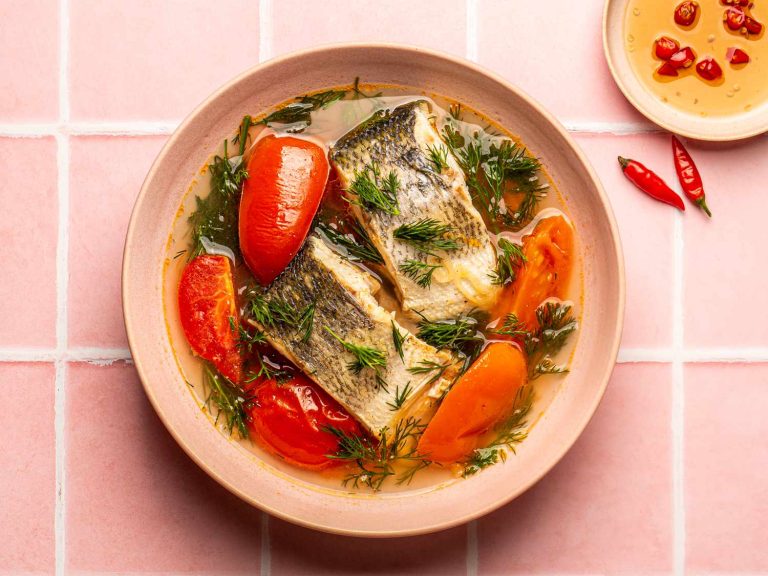Unleavened Bread for Communion: Historical Significance, Recipes, and Top Brands
Unleavened bread has deep biblical roots. Exodus 12:17 commands the Israelites to celebrate the Feast of Unleavened Bread, marking their exodus from Egypt. This bread, made without yeast, symbolizes purity and freedom from sin. In the New Testament, Matthew 26:26 describes Jesus breaking unleavened bread during the Last Supper, instituting what Christians now know as Communion. These references provide a strong scriptural foundation for using unleavened bread in this sacred practice.
Early Church Practices
Early Christians adopted the use of unleavened bread in Communion to align with Jesus’ actions during the Last Supper. Historical accounts from early Church Fathers, such as Justin Martyr, indicate that the tradition of using unleavened bread persisted. This practice symbolized the continuity of faith from the Old Testament to the New Testament. Early church communities viewed unleavened bread as a way to maintain doctrinal purity and connect with the sacrificial symbolism associated with Jesus’ crucifixion.
Significance of Unleavened Bread in Communion
Symbolic Meanings
Unleavened bread symbolizes purity and sanctity in Communion. This bread, free from yeast, signifies Jesus’ sinless nature. It aligns with the Feast of Unleavened Bread from Exodus 12:17, where the Israelites used it to mark their deliverance from Egypt. Using unleavened bread during Communion allows participants to connect with these historical and spiritual roots.
Theological Implications
Unleavened bread holds deep theological significance. It represents the Body of Christ, as instituted by Jesus during the Last Supper (Matthew 26:26). Early Christians, following Church Fathers like Justin Martyr, used it to uphold doctrinal purity and maintain a tangible connection to Christ’s sacrifice. This practice underscores the belief in Jesus’ purity and the importance of adhering to scriptural traditions, enhancing the communal and spiritual experience.
Contemporary Uses of Unleavened Bread
Traditional Preparations
Unleavened bread has roots in centuries-old practices. Traditionally, it’s prepared using simple ingredients like flour and water, avoiding yeast. This simplicity maintains the purity symbolized in biblical contexts. Historical recipes often include specific instructions to roll the dough thin and bake it quickly at high temperatures. If you replicate these methods, you capture the essence of a practice that connects devoutly to historical and religious traditions. Maintaining the integrity of these preparations enhances the authenticity of your Communion experience.
Modern Variations
In modern times, unleavened bread for Communion varies in form and flavor. Some congregations incorporate additional ingredients like olive oil, honey, or salt, adding subtle diversity while retaining essential characteristics. Gluten-free options also exist for congregants with dietary restrictions, ensuring inclusivity. Pre-packaged unleavened bread is another innovation, facilitating easier distribution during services. If you opt for these modern variations, you still respect the tradition’s core, emphasizing both accessibility and adherence to symbolic essentials.
How to Choose the Right Unleavened Bread
Selecting the right unleavened bread for Communion ensures that the practice remains aligned with its biblical roots and symbolic significance.
Factors to Consider
Consider specific factors when choosing unleavened bread for Communion to maintain its meaningful context.
- Ingredients: Ensure the bread uses only simple, traditional ingredients like flour, water, and salt. Purity of ingredients is crucial.
- Texture: Look for a firm yet tender texture. It should be easy to break, symbolizing the breaking of Jesus’ body.
- Taste: Choose a bread with a neutral taste. It shouldn’t distract from the sacredness of the ritual.
- Appearance: Opt for a clean, unblemished appearance. It should reflect purity and solemnity.
- Allergies and Dietary Restrictions: Consider if gluten-free or allergen-free options are necessary for inclusivity within your congregation.
Recommended Brands
Evaluate these respected brands that offer suitable unleavened bread for Communion, ensuring adherence to traditional principles and dietary needs.
- Cavanagh Company: Known for their high-quality, traditional Communion wafers made with simple ingredients.
- Benedict’s Bread: Offers reliable unleavened bread options, including gluten-free varieties.
- Bread of Life: Provides hand-crafted, small-batch unleavened bread with natural ingredients.
- Communion Breads: Specializes in organic and allergen-free Communion bread, catering to diverse dietary needs.
- Holy Bread Supply: Focuses on traditional recipes, ensuring purity and adherence to historical preparation methods.
Choosing the right unleavened bread enhances the spiritual and communal aspect of Communion, reflecting both reverence and inclusivity.
Conclusion
Choosing the right unleavened bread for Communion is essential for maintaining the sacred traditions and ensuring inclusivity within your congregation. By considering factors like ingredients, texture, taste, and dietary restrictions, you can enhance the spiritual experience for everyone involved. Brands such as Cavanagh Company and Holy Bread Supply offer reliable options that align with both historical and contemporary practices. Embracing these elements not only honors the rich history of Communion but also fosters a deeper sense of community and spiritual connection.






